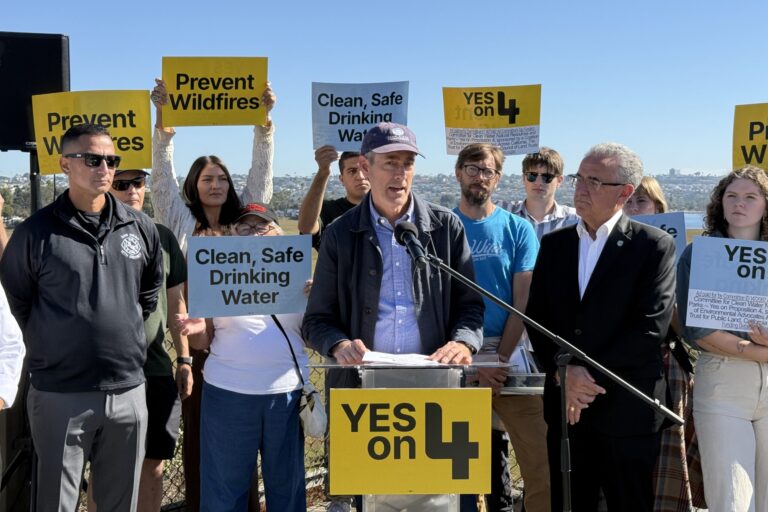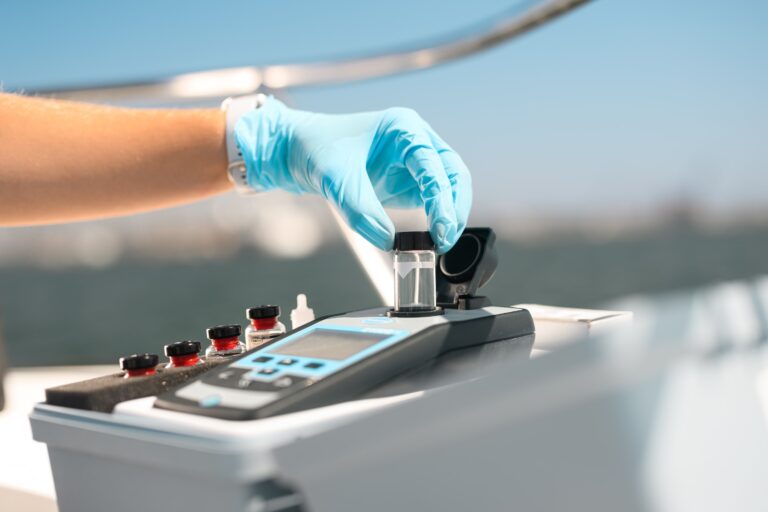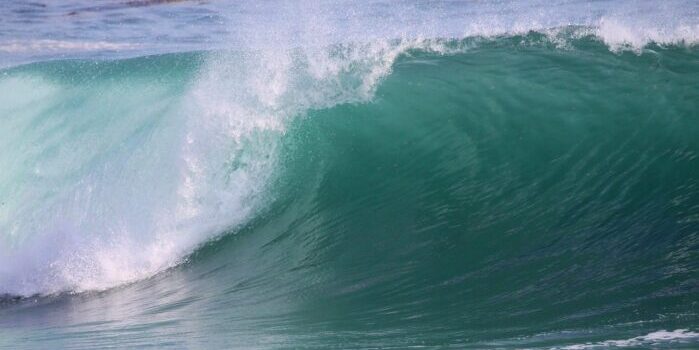Wetlands are the superheroes of ecosystems. They may look like patches of mud and grass, but they’re saving San Diego one tidal flow at a time.
In addition, they help regulate climate, store surface water, control pollution, absorb fertilizers, protect shorelines, maintain natural communities of plants and animals, serve as critical nursery areas, and provide opportunities for education and recreation.
Every December, January and February, in particular, they hold back some of the ocean’s toughest tides. It’s during these months that we have some of the highest tides of the year, AKA king tides. The average king tide is 5 – 8 inches higher than the average high tide. That might not seem like a lot until you see the Ocean Beach Pier get completely swamped by massive waves. But king tides also affect our coastline infrastructure, and it’s our wetlands that soak king tides like a sponge. In fact, without the wetlands, San Diego’s infrastructure would be more at risk during every king tide.
Wetlands save the day year after year.
But here’s the problem: 90% of California’s wetlands have been lost to development. And king tides are just a taste of future high tides. By 2050, rising sea levels are predicted to make everyday ocean water levels 12-18 inches higher than today’s tides. That’s an everyday tide that’s more than double the height of our highest tides. And we’re continuing to develop the wetlands, making our coastline less and less resilient to the impending sea level rise.
The California Climate Change Center predicts nearly 140 schools, 34 police and fire stations and 350,000 miles of road are at risk in California from rising sea levels and development of wetlands. It estimates that nearly $100 billion (in year 2000 dollars) worth of property is at risk of flooding from a 100-year event.
But don’t take my written word for it.
Watch this time-lapse video showing the extreme high and low tides during king tides at Kendall-Frost Mission Bay Marsh at Campland on the Bay. I think it’ll amaze you with how much water our wetlands absorb and also help you visualize why we must protect our remaining wetlands in San Diego.
Want to see this for yourself? Check out any of the remaining wetlands in San Diego County to watch nature’s sponge in action:
- Tijuana River Valley
- San Diego Bay Wildlife Refuge Complex
- San Diego Bay Wildlife Refuge
- Paradise Point
- San Diego River Estuary
- Famosa Slough
- Kendall-Frost Mission Bay Marsh
- Los Penasquitos Lagoon
- San Dieguito Lagoon
- San Elijo Lagoon
- Batiquitos Lagoon
- San Luis Rey Estuary













